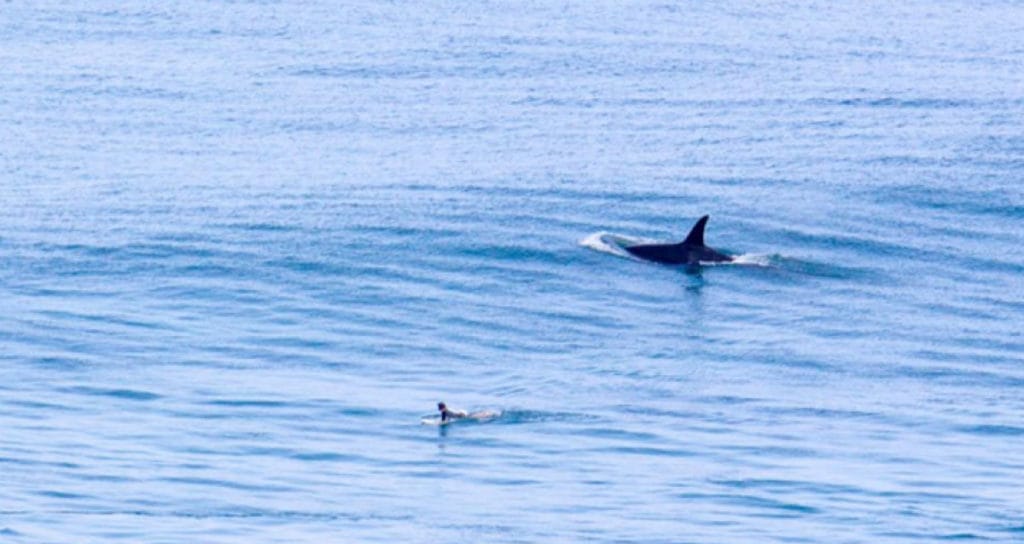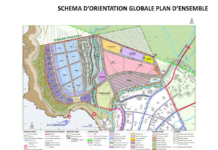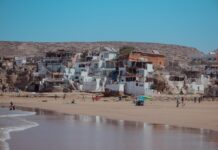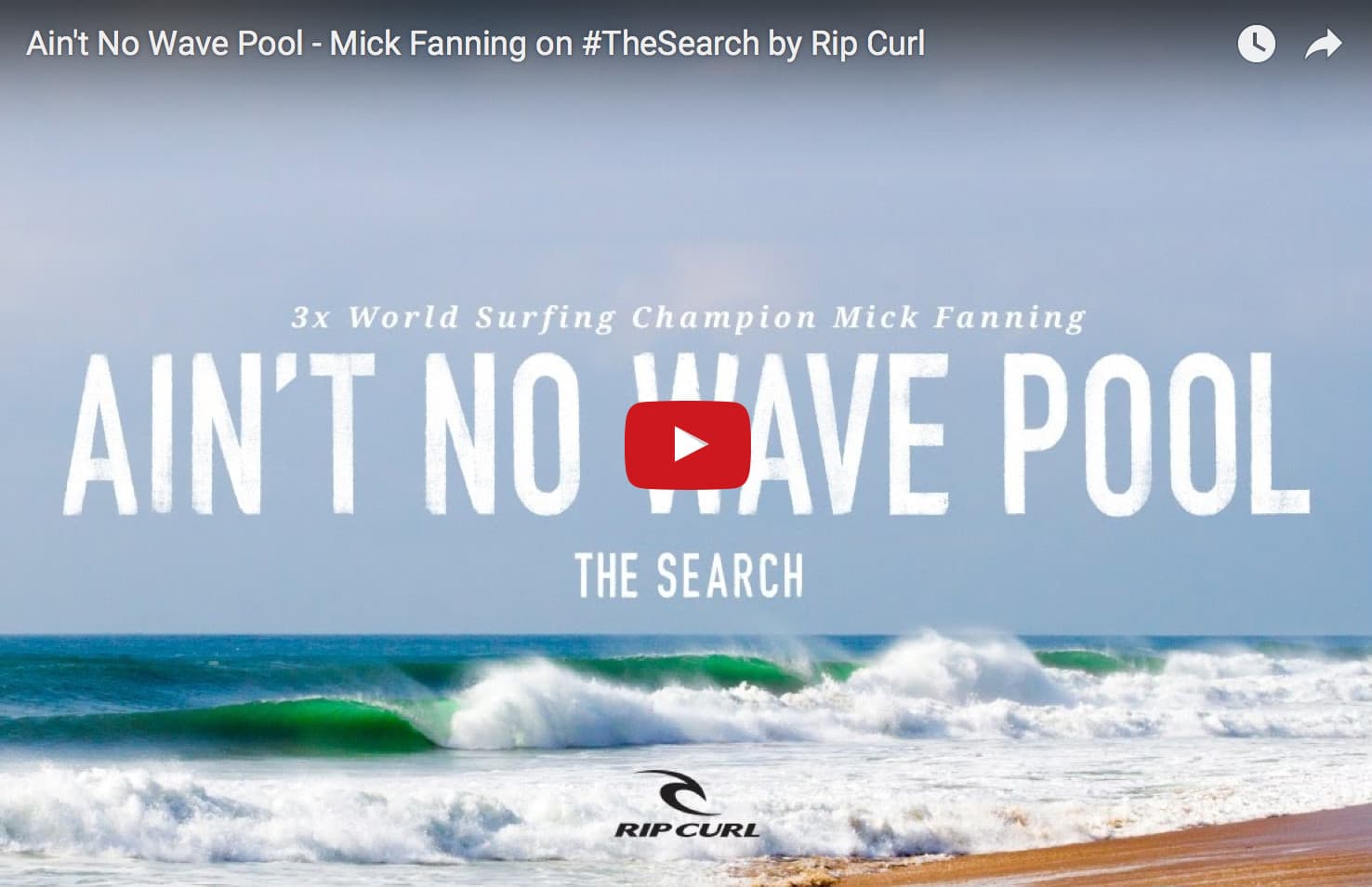Surf Morocco Guide
When it’s getting colder in Europe, think of surfing in Morocco for your surf escape.
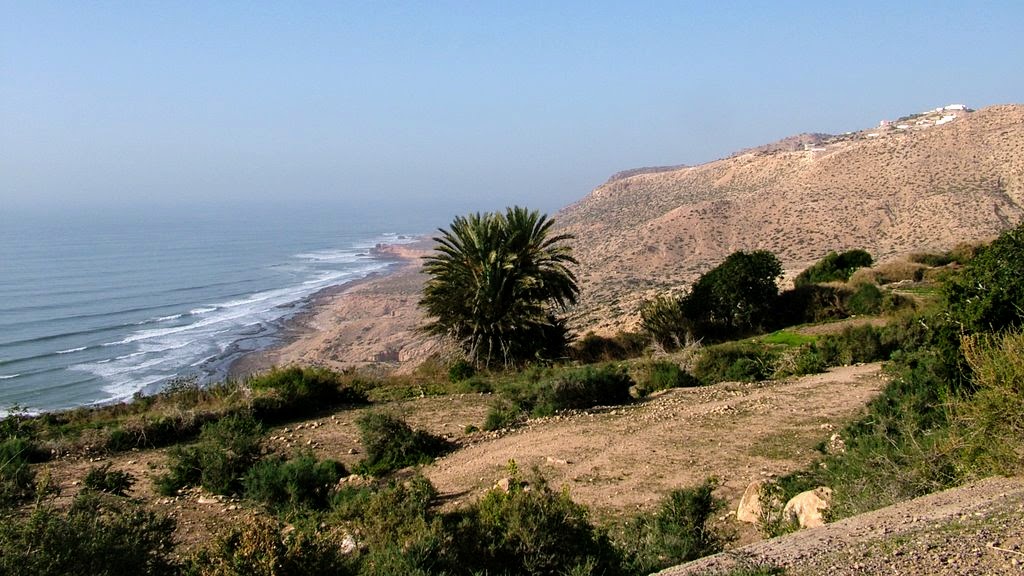
Morocco, with its sun-kissed coastline and diverse landscapes, is a dream come true for surfers. Although it’s a part of Africa, its surfing scenes have created a significant mark on the European surf trail. Thousands of Europeans flock to Morocco, seeking sun, surf, and the refreshing chill of Atlantic waters.
Morocco is the land of the right-hand point breaks. They seem to be everywhere, almost as common a beach breaks in southwest France.
Before we dive into de details of surfing in Morocco watch this video about surfing in Morocco.
Morocco’s Surfing Dynamics
As you saw in the video, Morocco’s coastline is aligned beautifully to catch the long-range, North Atlantic swells, which roll in on a NW trajectory. With moderate NW to NE winds blowing, surfers often find solace in spots that offer protection against these winds. The seasonal changes between the strong swells and winds of winter, and the slightly calmer summer, make it essential to understand the surfing rhythm of Morocco.
The mornings in Morocco’s beaches are marked by summer’s N or NW winds. These winds keep the exposed beaches light from onshore conditions. But the desert’s influence is strong. Early morning land breezes heat up quickly, and by afternoon, sea breezes take over. In summer, the land temperatures can go up to an average of 26°C in the north and can hit a scorching 39°C in Dakhla.
Surfers, especially those traveling, need to ensure they download tidal information before their trip, as getting reliable data can be tricky on the move. We’ll provide with some data later on.
Morocco delivers her most tasty waves during fall, winter and spring.
And forget your thick wetsuits. Morocco’s pleasant climate and exposure to the North Atlantic’s swells make it an attractive surfing destination, especially given it’s close proximity to Europe. A wetsuit is still needed when surfing. But outside the water you can just wear your boardshorts or bikini and your flipflops. Even in winter.
Northern Morocco: A Cold Surf Haven
For those venturing into Morocco during the winter surfing season, Northern Morocco is your go-to place. The cold weather, combined with 1000kms of NW-facing beach breaks, is a mesmerizing sight. Although the cross-shore and closed-out waves can be a tad intimidating, spots like Medhiya offer wind and swell protection, thanks to its long rivermouth jetties. Rabat’s Doura is another hidden gem, with multiple slabby reef breaks waiting to be explored.
Central Morocco: A Blend of Adventure and Relaxation
As you journey south from El Jadida, Central Morocco unveils a mix of rugged coastlines and enticing beaches. The surfing scene here is lively, with places like Safi’s ‘Garden’ becoming a surfer’s playground. For those in search of a unique surfing experience, “Surfing Park Sidi Bouzide” should be on the list.
The highway inland from Safi leads you to Essaouira, a former hippie town that has maintained its old-world charm. Here, you’ll find surfers battling strong cross-shore winds. But the reward? Gorgeous reef breaks, points, and beach breaks with more swell. Not to forget, the tiny fishing villages, which add to the rustic charm of this region.
Taghazout: The Surfing Epicenter
Taghazout has long been a surfer’s mecca. Its legendary waves like the ‘Ikhf’nout’ and the mesmerizing ‘Anchor Point’ beckon surfers from all around. Offering waves that are perfect for both beginners and intermediates, this region provides a safe environment to hone your surfing skills.
Discovering the Waves: Surfing in Southern Morocco
Morocco’s southern coastline stretches across a vast expanse, offering surf enthusiasts a dreamlike combination of the Sahara desert meeting the Atlantic’s crisp waves. Whether you’re a seasoned surfer or a curious newbie, the unique geography and climate of this region promise an unparalleled experience.
The southern belt of Morocco reaches out from the bustling city of Agadir, navigating its way along a disputed border with Western Sahara, and further extending 800kms down towards Mauritania. It’s not just any stretch; it’s an untouched wilderness – vast, empty, and ready for exploration. In between the enormous dunes and wild beaches are towns like Sidi Ifni, Tan Tan, Tarfaya, and Dakhla, which have become surf hotspots over the years.
Surf Morocco; when to go?
October to April is the best period to surf in Morocco. With December, January and February being the pick of the months. So, winter stands out as an ideal time for surfing here. Although Dakhla is far removed from the Atlantic storms, the season promises the most consistent swells. Moreover, the lighter winds of winter allow surfers to make the most of the waves. While the desert can get quite chilly, Dakhla offers a milder climate, with temperatures averaging around 29°C.
Openly exposed to the Atlantic Ocean, Morocco’s coast receives an abundance of northwest-to-north swell up to 5 meters during these wintermonths. The Northwest-facing coast around Casablanca and Rabat receives more swell than the southwest-facing points as Anchor Point near Taghazout.
Surf spots Morocco. Best places to surf.
You’ll find the the main surf spots around Essaouira and Taghazout. Discover where you can surf best in Morocco with the Surf Guide on this page.
Surfing in Essaouira
Travel guides always recommend Essaouira. It’s a beautiful place for tourists and surfers in Morocco. It has an authentic Medina, harbour and a fort build in the 18th century. And Essaouira is on the UNESCO World Heritage list.
The waves are often at best in the mornings. The mornings are often quiet. In the afternoon the kite- and windsurfers will take over because of the stronger winds.
Best surf spots Essaouira
- Safi. Safi is just north of Essaouira. It’s a big and sensitive beach break with rocky slabs offering powerful and curly waves. To be checked with a little swell. With big swells it’s al speed and power. With tubing waves rival those of Jeffrey Bay in South Africa. It can be populated by a Quiksilver training camp.
- Essaouira bay. An ideal surf spot for beginners and relaxed surfers, on condition that the swell is big enough.
- Sidi Kaouki . This beach break is located at 25 km south from Essaouira, on the road to Agadir and Taghazout.
- Imessouane. Perfectly located between Essaouira and Taghazout. This is a smooth longboard wave that rarely gets messy, or big, and peels over soft sand for 300 meters. And an easy paddle out. Making this a beginner and intermediate haven.
Surfing in Taghazout
Deep in the heart of North Africa there is a fishinh vilage called Taghazout. Just north of Agadir. Which comes alive each winter with the sound of punding pointbreaks and surf banter. It’s a beautiful place with a rich Arabic culture to add to the magic.
Taghazout is surf, surf and surf. Taghazout is the premium surfing destination of Morocco with some vicious surfspots, like Anchor Point.
Anchor Point is delicious right point break that looks easier than you think. Around Taghazout there are many other spots where you can surf. For each level. These breaks are in the immediate area (= walking distance) from Taghazout:
Best surf spots Taghazout
- Killer Point. A powerful wave. Which is higher than you think.
- La Source. A performance wave. Just a little less than tall and powerful Killer Point.
- Mysteries. Located directly next to La Source. The waves break partly on sand. What makes things more relaxed.
- Anchor Point. A steep take off. Powerful point break, which remains on a good day walk.
- Hash Point. One of the most relaxed waves.
- Panoramas. Could reasonably have some flow. But also runs a nice long right.
- Devil’s Rock. A tough name for a break each day can be different. Right and left waves. But, in particular, a right hand.
- Banana Beach. Here you will often find the beginners because it is a relatively easy golf.
Check out more about surfing in Taghazout
Surfing in Imsouane
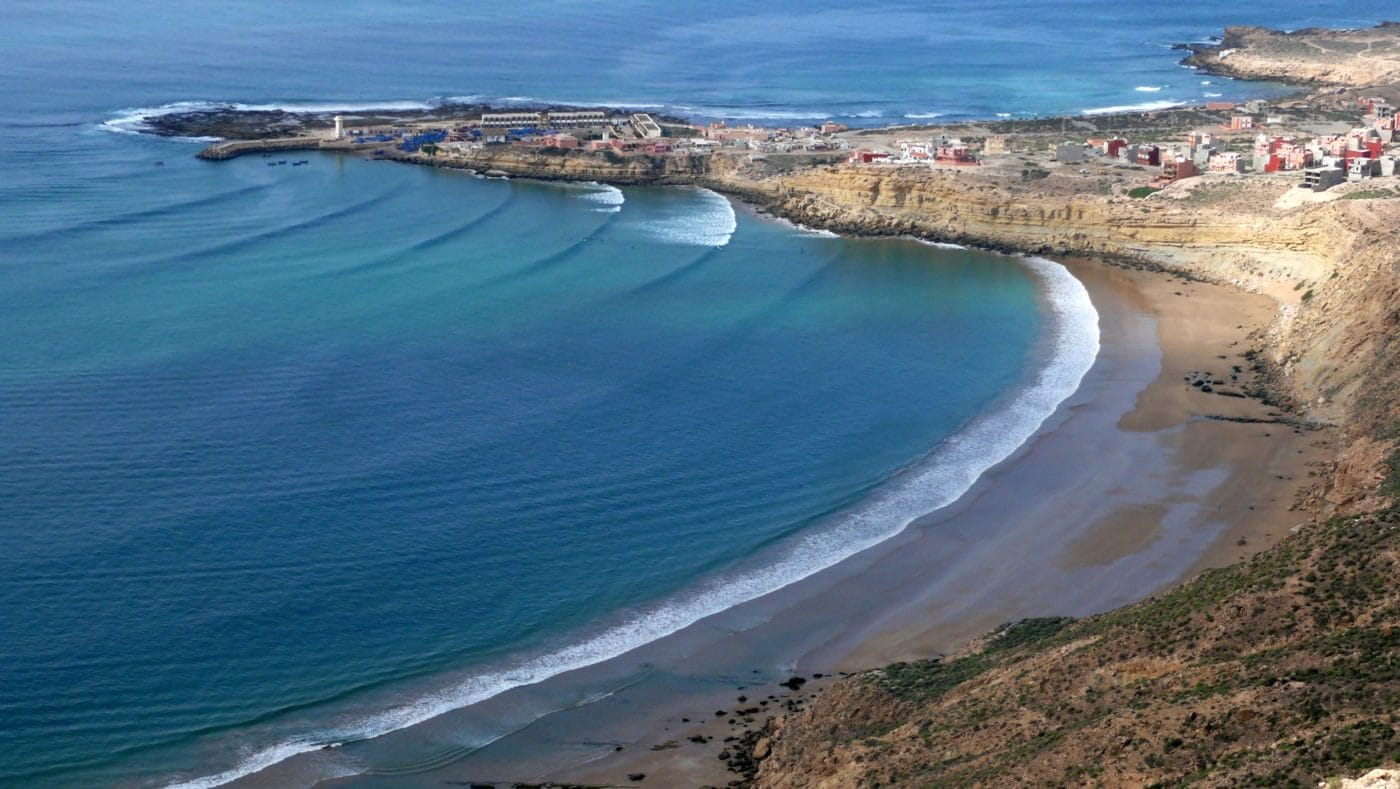 Imsouane is a small fishing village that became popular for surfing due to its long and mellow wave called The Bay. It now has numerous surf houses and hotels. The Bay is perfect for longboarding and shortboarding, offering playful waves with an easy paddle out. The Cathedral, located on the other side of The Bay, has faster and less forgiving waves with sandy bottoms and potential barrels.
Imsouane is a small fishing village that became popular for surfing due to its long and mellow wave called The Bay. It now has numerous surf houses and hotels. The Bay is perfect for longboarding and shortboarding, offering playful waves with an easy paddle out. The Cathedral, located on the other side of The Bay, has faster and less forgiving waves with sandy bottoms and potential barrels.
Complete surf spot map Morocco
Find all these above Moroccan surfspots in the map beneath. And we added a view. We don’t mind if you share it.
Morocco Surfcamps
There are many surfcamps in Morocco. Many of them are in Taghazout. We’ve got to great tips for you.
- See our friends at Surf Paradise Morocco.
- Check Surfline Morroco. 5 stars on Trip Advisor.
- dFrost Morocco. They’ve been in Taghazout for years. Knowing every spot. And on an awesome location.
How to get to Morocco
Fly to Agadir. And half an hour later by taxi, public transport or private car you’re in Tgaghazout.
Are you more adventurous?
Make a surfjourney with your car or campervan from France, through Spain and / or Portugal.
Moroccan Surf Video’s
View the surf videos. As a day of surfing in Morocco looks.
FAQs about Morocco
When can you surf in Morocco?
October to April is the best period to surf in Morocco. With December, January and February being the pick of the months.
Where are the best surf spots in Morocco?
Essaouira and Taghazout are the most known surf towns. Around these villages you”ll find several surf spots for all levels like Anchor Point for the pro’s and Banana Beach for beginners.
Do you need a wetsuit to surf in Morocco?
Yes and no. In de winter months you’ll need a 3/2mm wetsuit. But in the summer months you can do without a wetsuit.

